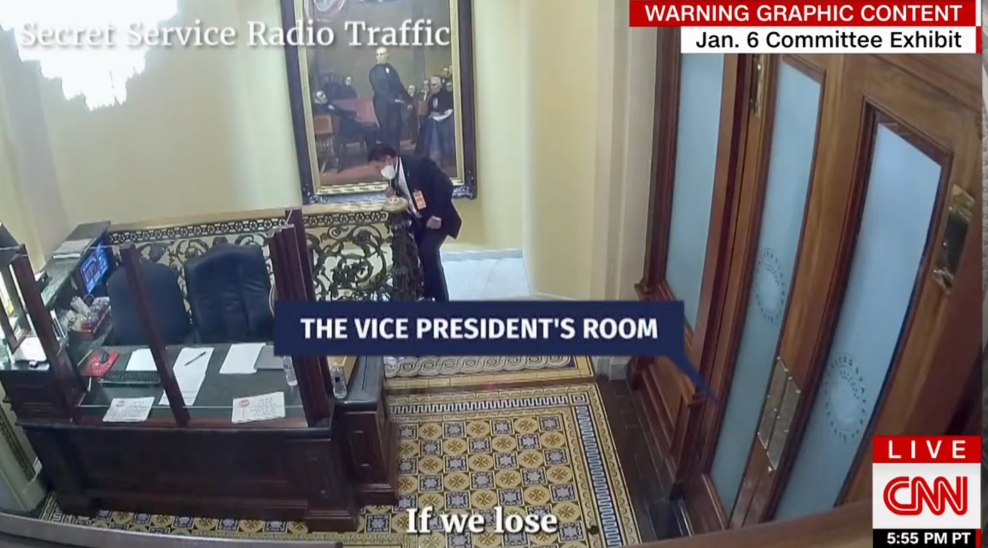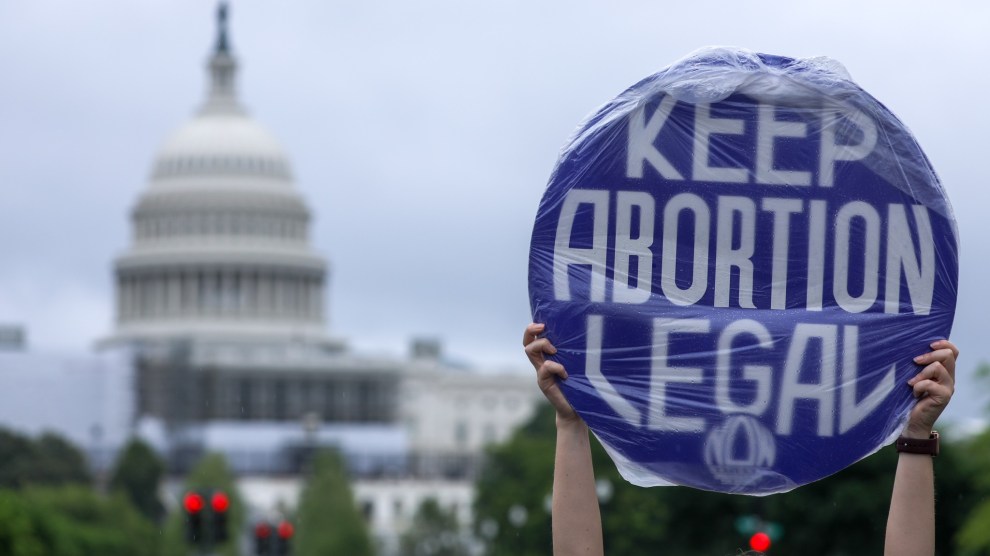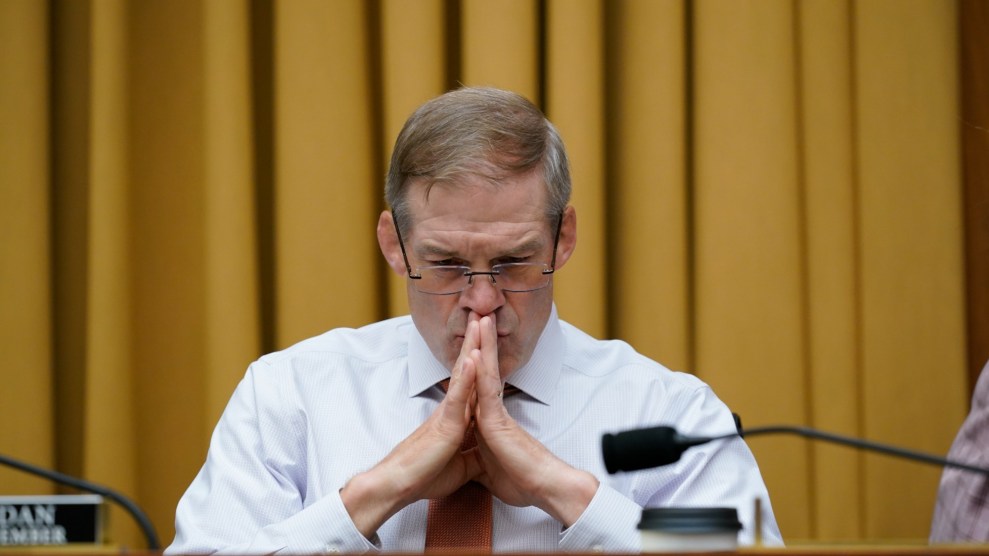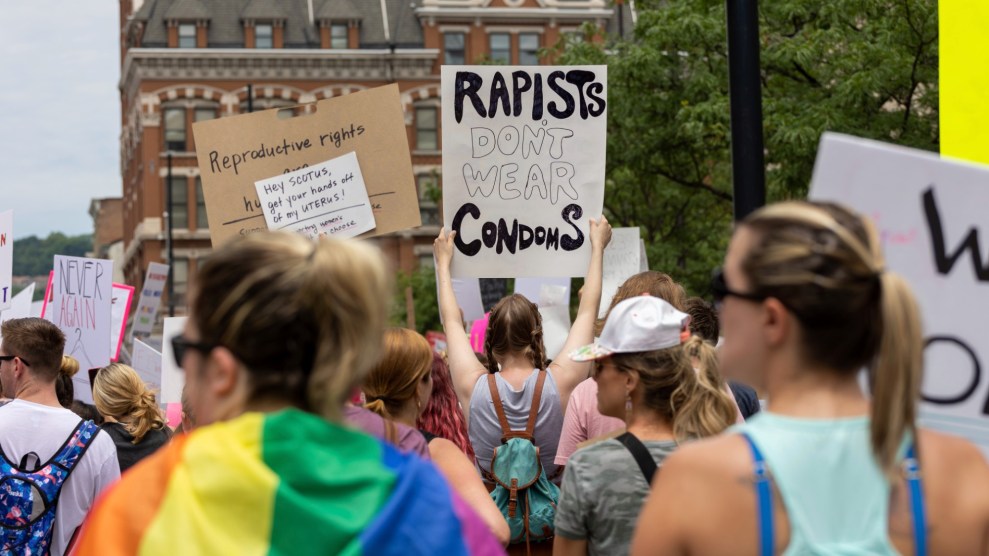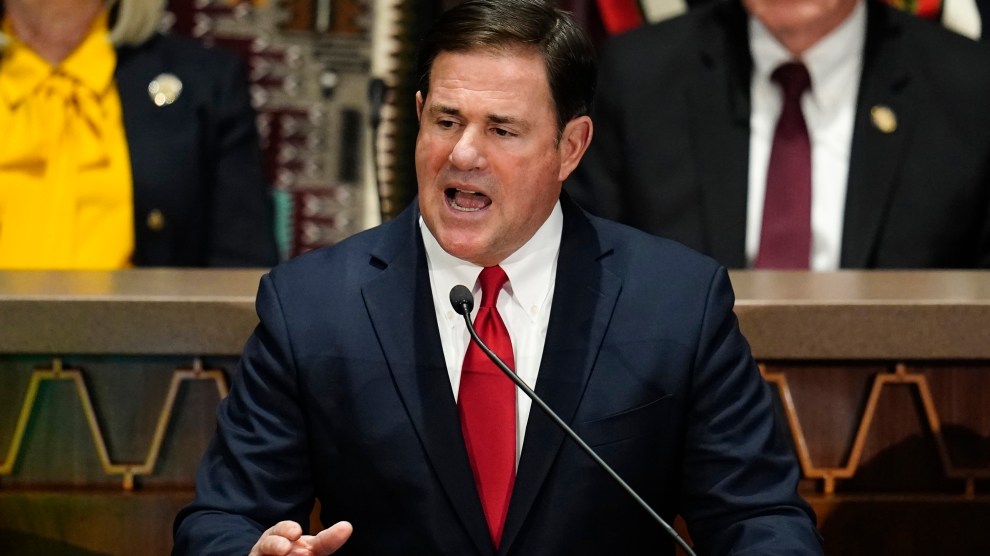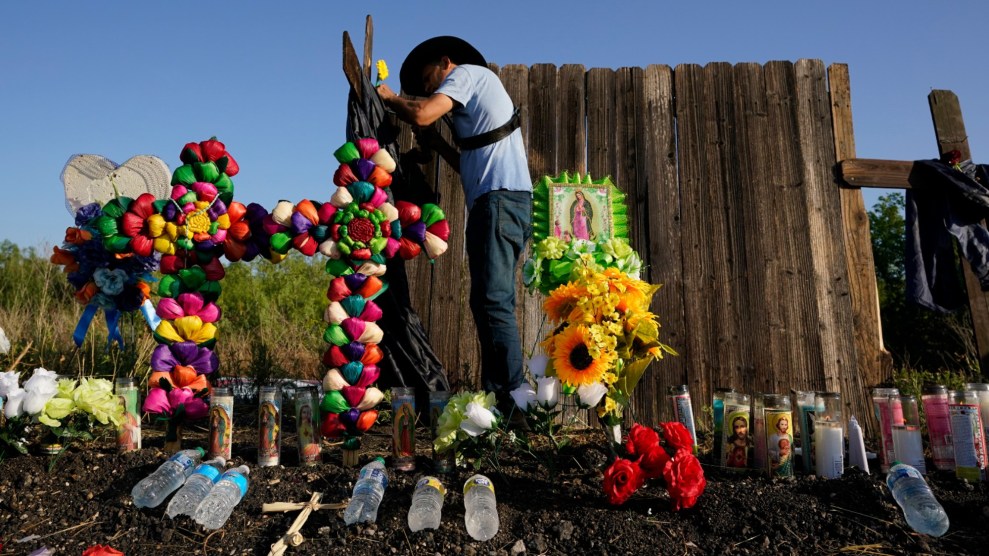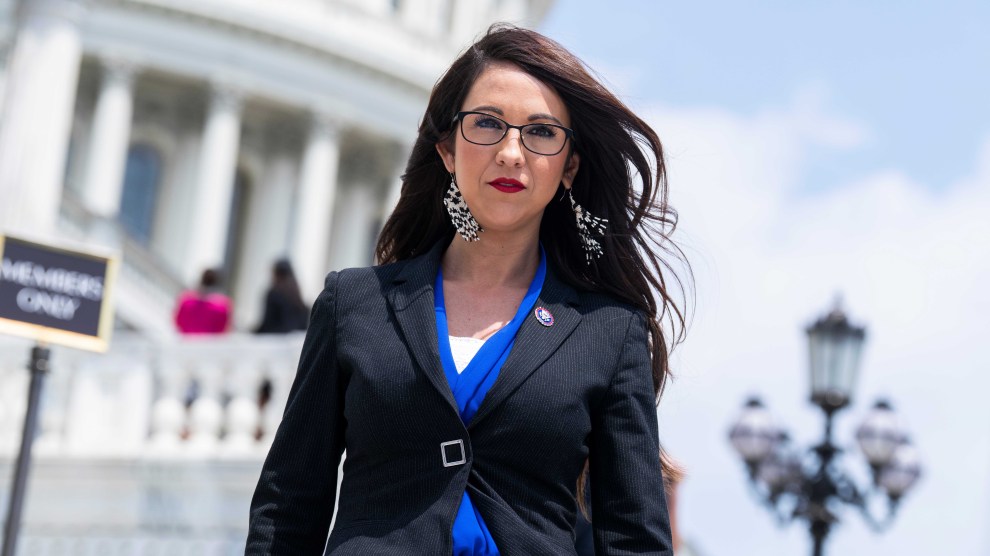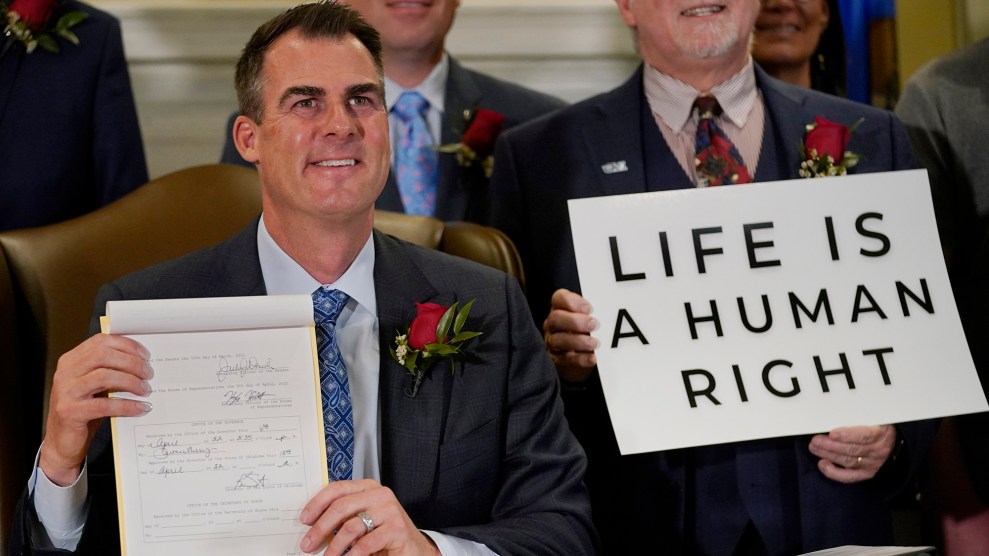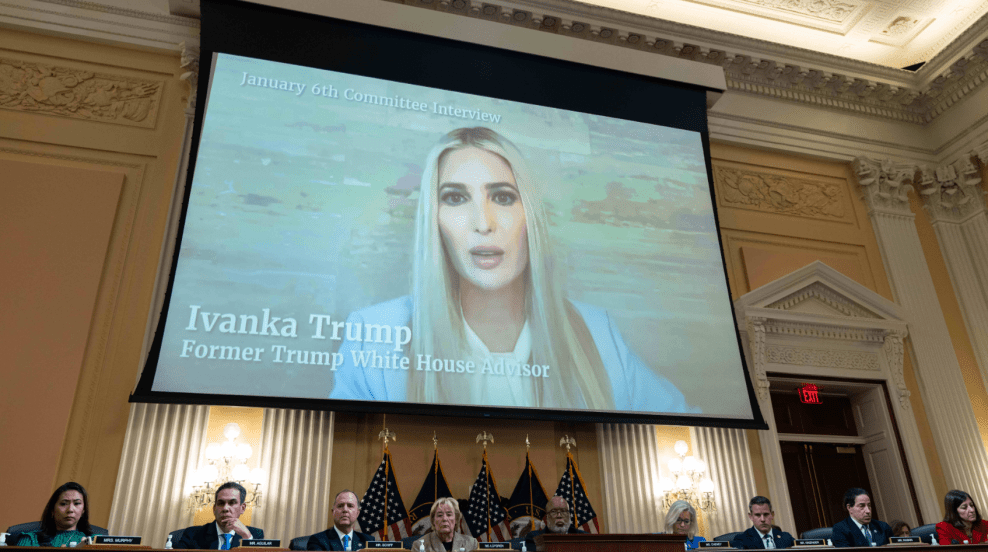
John Bolton, in 2006, when he was U.S. Ambassador to the United Nations.Kathy Willens/AP
During CNN’s coverage of the January 6 hearings last night, John Bolton—the former national security adviser to Donald Trump and forever war hawk—casually revealed that he has helped the United States stage a coup. Why did he admit it? For the same reason, it seems, Bolton and fellow neo-cons do many things: to insist they are smarter than you.
The moment came during a sloppy attempt to bigfoot host Jake Tapper, who had argued that one doesn’t necessarily have to be supremely intelligent in order to plan a coup. That prompted swift resistance from Bolton:
As somebody who has helped plan coups d’etat—not here but you know [in] other places—it takes a lot of work. And that’s not what he [Trump] did.
There’s been much debate over whether to call Trump’s actions related to the January 6 attack on the US Capitol a coup. (You can read some of that here and here.) So, it’s fascinating to see Bolton jump in with his identity politics-adjacent argument about it. (“As someone who has done a coup, I think…”)
But, personally, I think a lot of the policing around the word “coup”—and whether Trump’s exceedingly dumb actions fit the definition—belie the fact that something can be both evil and lacking prestige. That a coup does not have to be planned by Harvard graduates and McKinsey consultants, even if that’s how America usually does these sorts of things. Hey, expanding our definition might even allow us to see the ways we are headed for illiberalism now.
Later in the interview, Bolton clarified that he was referring to the 2019 American-led attempt to oust Venezuelan President Nicolás Maduro. (At the time, as the Washington Post points out, Bolton denied that overthrowing Maduro was a coup, telling reporters, “This is clearly not a coup.”)
Still, Bolton’s admission begs the obvious question: What other coups do you think Bolton helped plan?
After all, Bolton has been within the orbit of Republican politics, and generally the apparatus of our state’s foreign policy missions, since the 1980s. He has served in the administrations of Ronald Reagan, George H.W. Bush, and George W. Bush.
I think a simple test will suffice to look into this: When did America do (or help do) a coup? And where was John Bolton during said coup?
(An admin note: I am also leaving out plenty of coups the United States has aided in. There are simply too many: Just between 1947 and 1989,
according to one analysis, the US attempted
72 times to change another nation’s government, which included 66 covert operations. That number doesn’t include pre-Cold War interventions, notably in Hawaii, Costa Rica, and Cuba. And I’ve broadly thought of “coup” here as an attempt at regime change—in part because during Bolton’s heyday the US went from secret CIA plot to assassinate leaders to just straight up war. And it’s worth including those interventions.)
When did America coup?
In 1953, the CIA provided support to overthrow the government of Prime Minister Mohammad Mosaddeq.
Where was John Bolton?
Probably in Baltimore, where he grew up. Bolton was about six years old.
Likelihood Bolton helped coup?
Low. But he would later write about trying to get us to “bomb Iran” in the New York Times. (This is a kink by the way. He went to the Wall Street Journal to make the “legal case” for bombing North Korea.)
When did America coup?
In 1954, according to Foreign Policy, the relationship between Guatemalan President Jacobo Árbenz and the US “soured” because land reforms potentially would harm a US-backed fruit company. As FP reported: The Navy blocked the coast while rebels the US helped arm ousted the president.
Where was John Bolton?
Still a child. Still, probably, in Baltimore.
Likelihood Bolton helped coup?
Low.
When did America coup?
This was one wasn’t successful. But in 1956, and 1957, according to undiscovered documents the Guardian reported on in 2003, the US and other Western powers attempted to topple the Syrian government. In August 1957, Syrian forces surrounded the US embassy, saying they’d discovered a plot to get rid of the regime. At the time, President Eisenhower called it a conspiracy. Looks like it was real.
Where was John Bolton?
Still in Baltimore. Still not ten.
Likelihood Bolton helped coup?
Low, but he’s getting to his angsty teen years soon.
When did America coup?
After backing the dictatorial regime of Fulgencio Batista, the United States was more than a little miffed by the Communist victory of Fidel Castro in 1959. Throughout the Cold War, the CIA attempted to topple the new government. There were too many attempts to kill Castro by covert forces to even count. A blockade was imposed in 1962 to economically cripple and force regime change.
Where was John Bolton?
Still Baltimore. Becoming a teen.
Likelihood Bolton helped coup?
Still low. He’s just getting into high school in the 1960s. Would’ve been a hell of an extra-curricular! It is worth mentioning that in the early 2000s Bolton tried to say Cuba, like Iraq, had nukes. Also, in a famous speech called “Beyond the Axis of Evil,” Bolton wanted to include Cuba, Libya, and Syria as other nations worthy of Axis status. (You can read the speech here.)
When did America coup?
In the early to mid 1960s, the United States was involved in covert actions within the Congo after it gained independence. Notably, in 1960, the nationalist and democratically elected president fell to a pro-Western military leader who, it was later discovered, was helped by the CIA. In the 1970s, the Church Commission revealed the extent to which the CIA was operating in the nation. The activities continued last until at least 1965.
Where was John Bolton?
Baltimore. He was in high school, running the Students for Goldwater campaign.
Likelihood Bolton helped coup?
Low.
When did America coup?
In 1964, Congress passes the Gulf of Tonkin resolution. The United States will go to war in Vietnam. We’d been involved since the mid-1950s, but the tipping point allowed a full scale attack to fight Communist forces in the country.
Where was John Bolton?
Yale. Bolton is over eighteen and draft eligible. But, despite supporting the war, he avoided fighting by enlisting in the Maryland National Guard. He said he had “no desire to die in a Southeast Asian rice paddy.”
Likelihood Bolton helped coup?
In words? Kind of. In actions? No.
When did America coup?
In 1973, General Augusto Pinochet overthrew Chilean president Salvador Allende via coup. The United States had a “long history of engaging in covert actions in Chile,” according to a US Senate report. But the government said there is “little evidence” that it was directly involved in the Pinochet coup. Many others still think of the “other 9/11” as firmly US-backed.
Where was John Bolton?
Yale. Bolton went there for both college and law school. In 1972, he was an aide to Vice President Spiro Agnew.
Likelihood Bolton helped coup?
We’re getting closer!
When did America coup?
After the Sandinistas came to power, the CIA and the Reagan administration secretly worked to overthrow the regime throughout the 1980s. They supported the Contras. By the mid-1980s, as we have written in the past, “it had become abundantly clear that US policy was drowning Nicaragua in blood.”
Where was John Bolton?
In the 1980s, Bolton hopped between law firms and working for the United States government. He worked briefly in the Reagan administration. Later, Bolton would work on investigating the Iran-Contra affair—which was about giving money to the Contras from selling weapons to Iran.
Likelihood Bolton helped coup?
We don’t have direct connections or anything. But, yeah, he’s in the mix now.
When did America coup?
During the administration of George H.W. Bush, the United States invaded Panama to overthrow dictator Manuel Noriega. The US had helped put him into power during the Cold War to fight Communism.
Where was John Bolton?
Bolton was Assistant Secretary of State for International Organization Affairs from 1989 to 1993.
Likelihood Bolton helped coup?
Hmm. Maybe!?
When did America coup?
In 1991, the United States invaded Iraq. This was a response to Iraq’s invasion of Kuwait, and is generally called the first Gulf War.
Where was John Bolton?
Still at the State Department.
Likelihood Bolton helped coup?
He certainly would’ve been in some meetings at the time, right? He should be embarrassed if he wasn’t giving a war-monger presentation in there. In the 1990s, as the Atlantic reported, Bolton did advocate for Bill Clinton to send troops into Iraq again to get rid of Saddam Hussein.
When did America coup?
In October 2001, the United States begins military operations in Afghanistan. The war lasted until August 2021.
Where was John Bolton?
During the Bush administration, Bolton would serve as Undersecretary of State for Arms Control.
Likelihood Bolton helped coup?
Yeah, I would think he’d be involved in these conversations. (Plus, he was arguing last year that Biden should not have pulled out of Afghanistan—or at least I read it that way—in op-ed pages.)
When did America coup?
In 2003, the United States invaded Iraq. Here is a lie by lie timeline of how we got there.
Where was John Bolton?
At the vanguard of the neo-con movement and a figure within the Bush administration. As an admin official, he was in charge of stoping the spread of WMDs. And he believed Iraq had them—and said so.
Likelihood Bolton helped coup?
He argued publicly Saddam had WMDs. He was ambassador to the United Nations from 2005 to 2006. And he was a core part of the neo-conservative milieu that went for these wars under the Bush administration. So, I dare to say yes.
When did America coup?
In 2011, the United States and other Western powers intervened in Libya to overthrow leader Muammar Gaddafi.
Where was John Bolton?
Not in the administration.
Likelihood Bolton helped coup?
I guess ideologically, but this one goes out to Barack Obama who called it the “worst mistake” of his presidency.
When did America coup?
In 2019, like Bolton admitted, he tried to oust Venezuelan President Nicolás Maduro.
Where was John Bolton?
In power.
Likelihood Bolton helped coup?
High.




